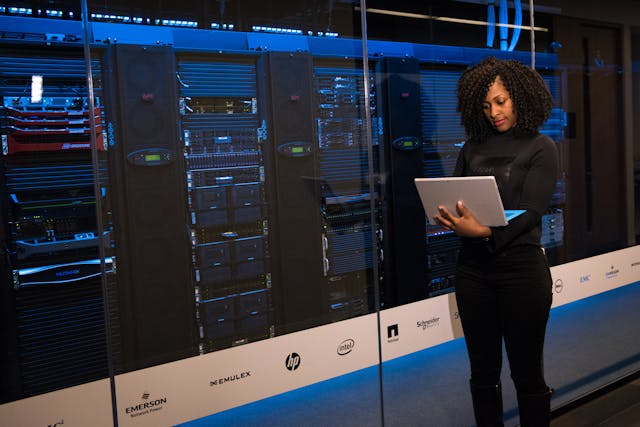Why Managing Business Tech Assets Can Be So Hard-and How to Fix It
How might effective IT asset management (ITAM) dramatically change the way modern businesses are done? Well, ITAM helps in optimizing technology resources for achieving the highest level of operational efficiency and reduction in risks. However, some prevailing problems may include a lack of asset visibility, data inaccuracies, and some compliance issues. A report by the (IAITAM) International Association of IT Asset Managers claimed that poor asset management can result in huge financial losses and operational disruptions. In this article, you are going to understand the complexity of managing tech assets and some ways of improvement.
Hardware Management: Keeping Track of Physical Assets
Hardware asset management is considered the key to sustaining operational efficiency. It includes servers, desktops, laptops, and mobile devices. However, businesses have to put up with few pain points, such as hardware depreciation and continuous maintenance costs. Still, hardware depreciation and ongoing maintenance costs are but a few of the pain points businesses have to put up with.
Regular audits help track asset conditions and ensure compliance, while preventive maintenance reduces unexpected failures. According to (NIST) the U.S. National Institute of Standards and Technology, effective asset management can cut costs and enhance resource utilization. The application of such techniques will grant your organization better performance and longer life in physical technology assets.
Software Asset Management: Navigating Licenses and Updates
Indeed, software asset management is inevitable to pass through licenses and updates smoothly. Types of software assets include productivity suites, operating systems, and specialized software. However, major challenges do arise with regard to software licensing compliance, subscription renewals, and version updates.
In this respect, the development of centralized license management and update mechanisms will make all kinds of activities related to software quite easy, right from updating the versions to maintaining compliance. Compliance auditing on a regular basis enables detection in advance of potential risks, thereby avoiding hefty fines.
Moreover, the integration of the software into the rest of the systems extends its value and makes the business processes seamless. Comprehensive NJ managed IT services allow businesses to have the required experience in managing their software assets in a more intuitive way to improve performance and increase the ROI with at least minimal burden on the internal IT staff.
Lifecycle Stages: From Procurement to Retirement
The life of assets involves stages like procurement, deployment, maintenance, and retirement. Each stage plays a vital role in the realization of maximum asset performance and value. Some areas where efficiency is not realized include overlapping lifecycles, wrong disposing of assets, and use of outdated technology. For every problem identified, lifecycle policies enacted by an organization, proper decommissioning processes, and refreshing technologies from time to time will go a long way in solving them. According to ServiceNow in a report, effective lifecycle management is what will ensure that maximum ROI is achieved and that industry standards are met. By efficiently managing every phase of an asset's lifecycle, an organization is able to reduce costs and enhance operational efficiency.
How to Implement Effective Tech Asset Management
Following are some best practices to implement effective and efficient tech asset management:
- Assigning Dedicated Asset Managers: Clearly define the professionals (mostly outsourced) responsible for managing the assets. This brings in accountability and ensures that assets are managed by expert hands.
- Staff Training: Impart proper training to staff on asset management policies and procedures for better compliance and improved efficiency.
- Leveraging Data Analytics: Leverage data analytics tools to monitor asset performance, usage patterns, and compliance on a single dashboard for informed decision-making.
The foregoing good practices facilitate smooth operations, cost reduction, and resource optimization, hence overall effectiveness in tech asset management within an institution.
Wrap-up: Why Addressing IT Asset Management Challenges is Decisive
In other words, IT asset management challenges should be addressed as an important way to optimize performance and resource use. Great technology asset management ensures operational efficiency and risk reduction by supporting compliance. When done well, good ITAM practices offer significant, long-term benefits for the organizations, including substantial cost savings and better decision-making due to more complete and accurate information all contributing to a more agile and competitive business.

